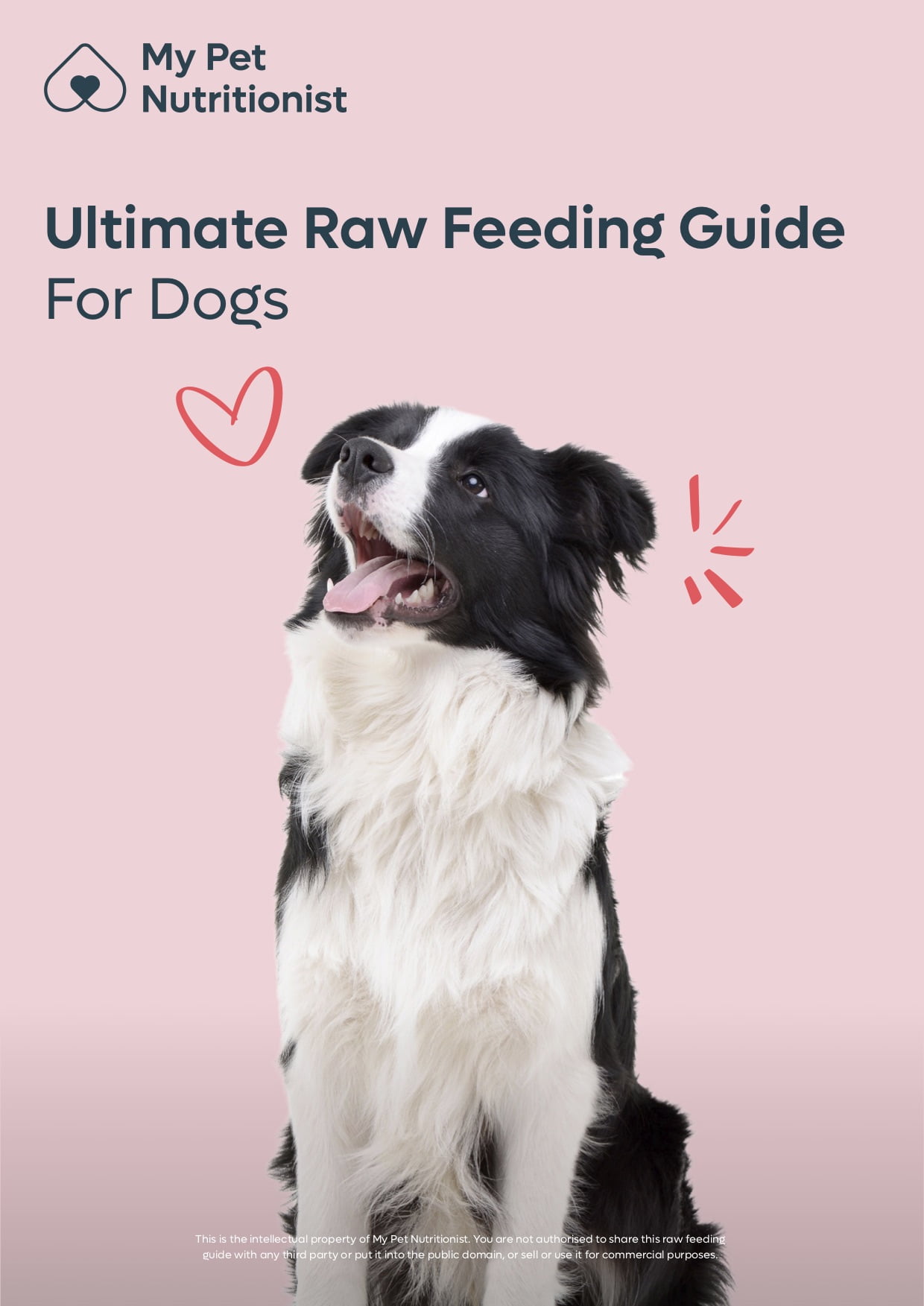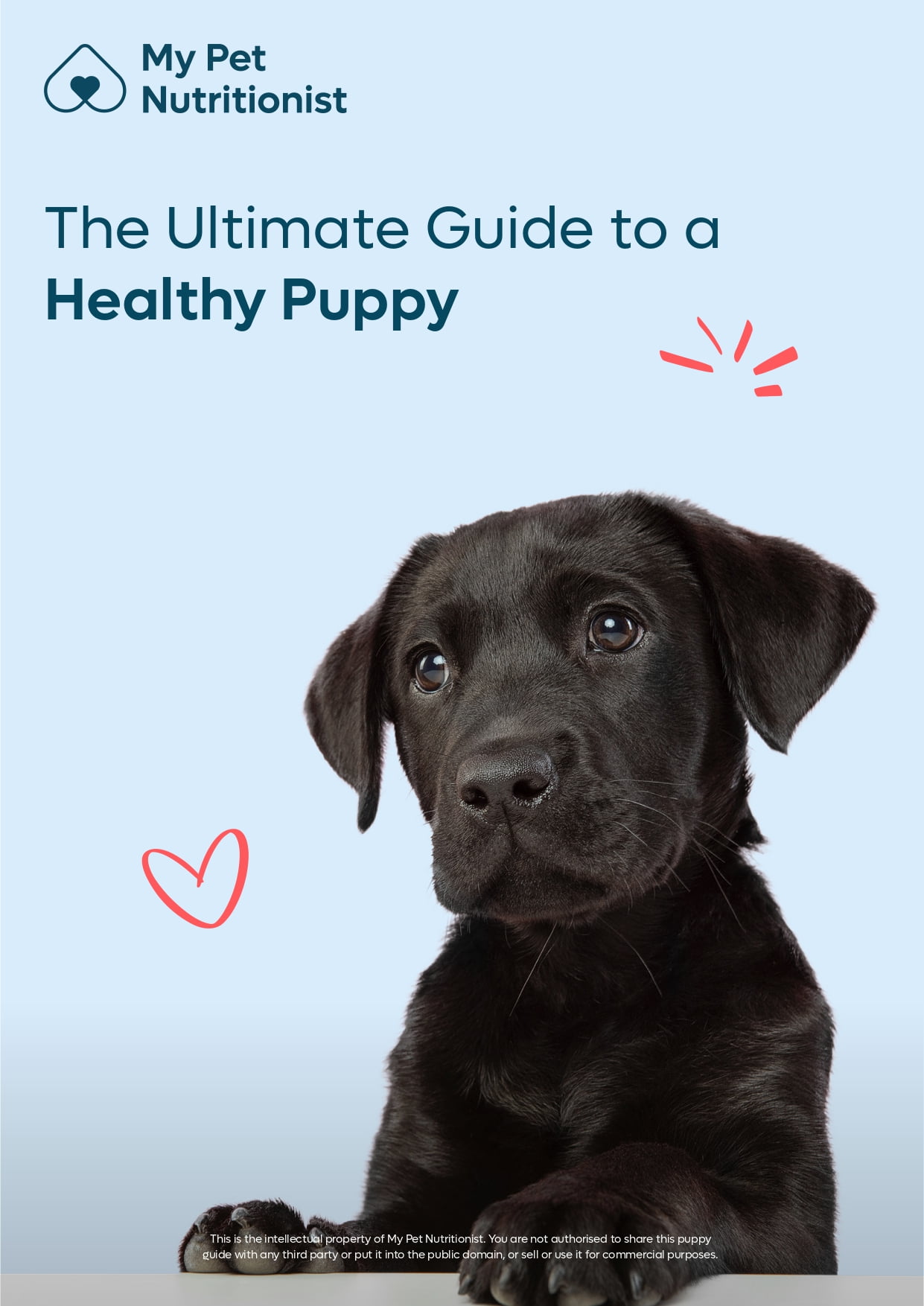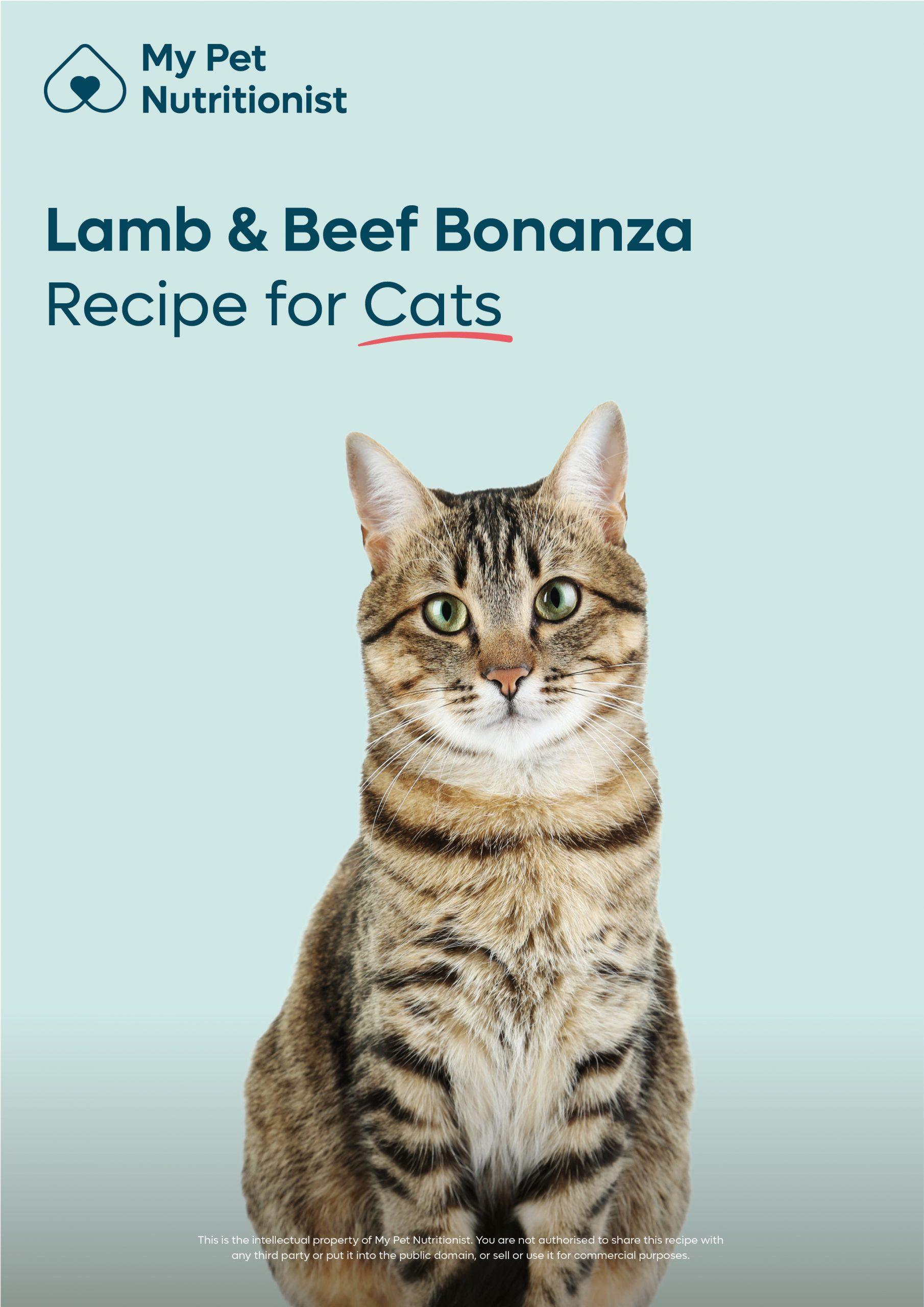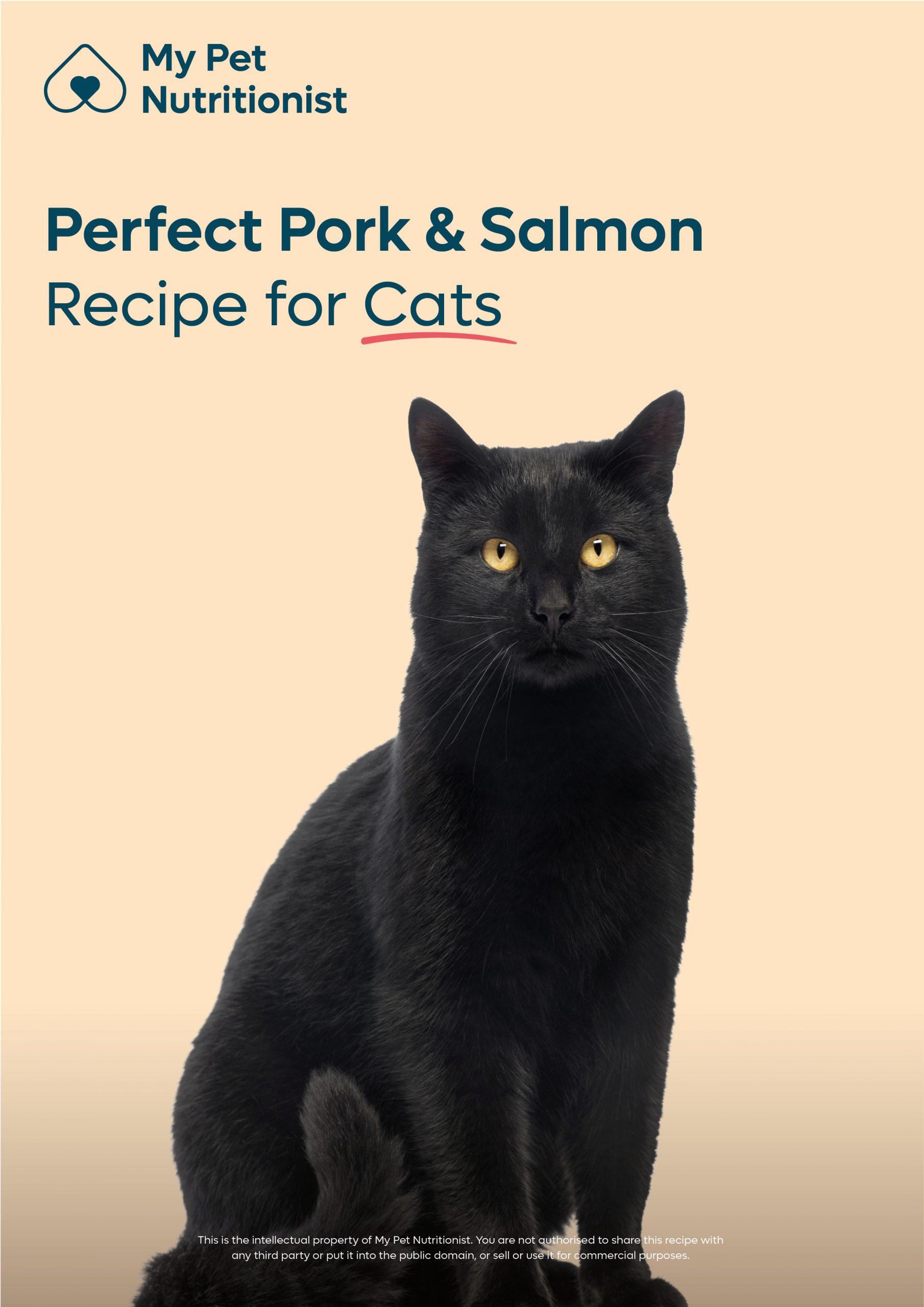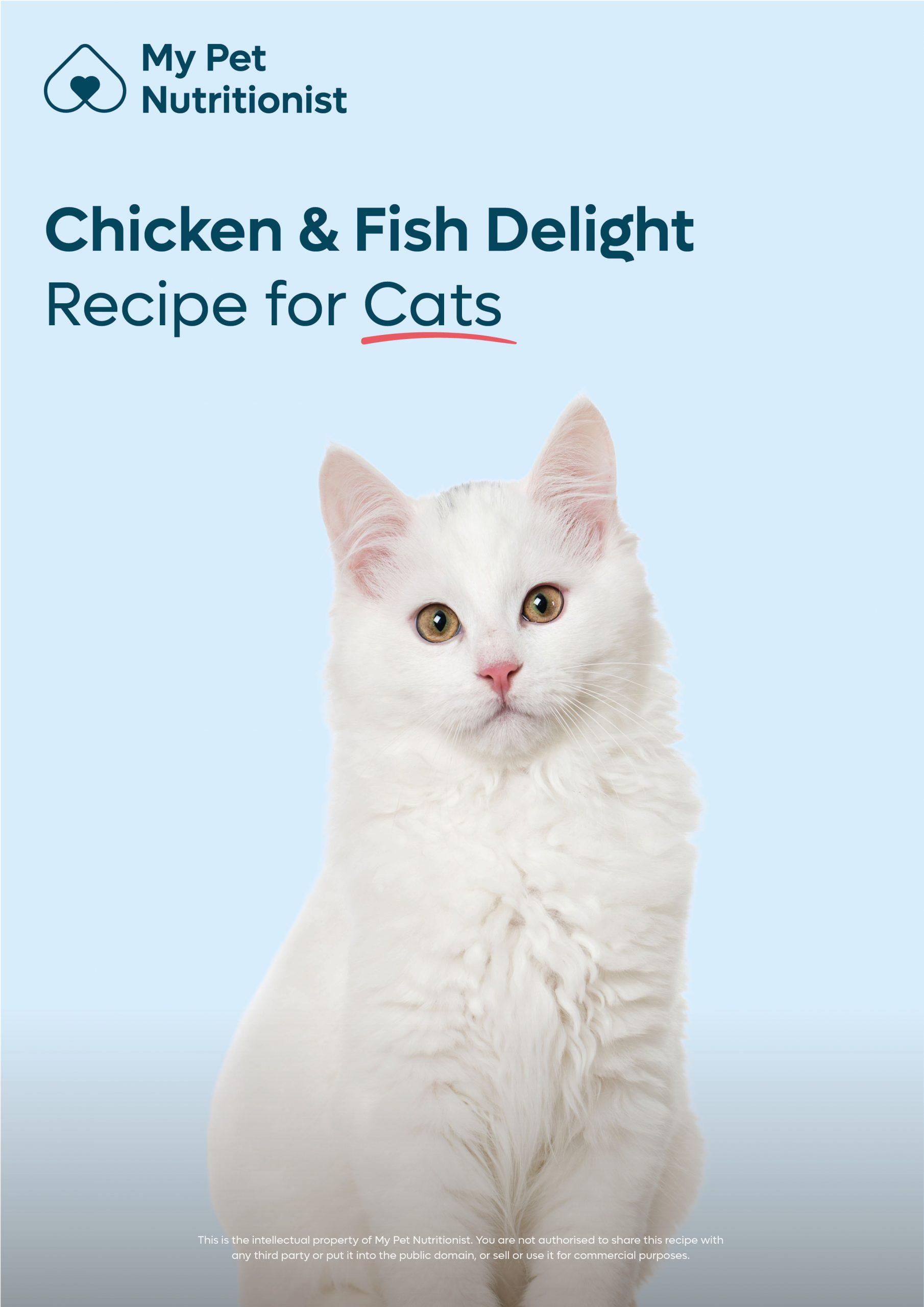-
£19.99

What is the best kind of pet food?
- January 14, 2021
- 11 min read
Gone are the days when you could walk into a pet shop and have the choice of three types of food: the cheapest, middle of the road and the most expensive. Thank goodness! But we now have a new problem. What on earth do I feed my pet? Do I feed dry kibble? Quite simply, NO. But what about the rest? Canned? Dehydrated? Commercial Cooked? Home Cooked? Commercial Raw or DIY Raw? At My Pet Nutritionist, we can help guide you.
In an age of choice, is there a “best diet”? Obviously human research demonstrates fresh feeding over processed foods is far healthier for us and can prevent disease. this applies to our pets too however our job is to look at the pet, holistically and consider all constraints involved. Whilst we know there are rules of thumb for optimal health, much like for us humans, all pets are different. There may be a perfect diet for your pet, but that same diet may not be perfect for your neighbour’s pet.
So let’s explore the different foods available to you, what we like about them and what considerations need to be made, if in fact they are your foods of choice.
Raw Feeding
Raw feeding is just that, when you feed meat, fat, bones etc in their raw state. Within raw feeding there are a number of approaches. You may come across phrases like BARF which stands for biologically appropriate raw feeding, or RMB which stands for raw meaty bones, you may also come across PMR which is prey model raw and more will no doubt appear over the coming years.
The basis of a raw diet comes from considering the evolution of the dog. Dogs came from wolves, and before domesticated by humans, would largely fend for themselves; eating whole prey; eyes, brains, guts galore (although there is some data that suggests the guts were often left, which leads to the suggestion that dogs avoid greens when given the opportunity, but this isn’t always the case and some leafy greens pack some punch in terms of nutritional value).
The biggest concern around raw feeding is contamination and so, we must practice appropriate handling techniques when handling any raw meat, just read the packaging on your raw chicken fillets. The more recent development is around antimicrobial resistance. Whilst raw food poses a risk, so does the inappropriate use of antibiotics, excessive use of disinfectants and sanitisers, livestock rearing techniques and pesticide use along with many more.
Within raw feeding you may come across the 80-10-10 method. This is where you feed 80% meat, 10% bone and 10% offal (organs). This is what most commercial raw food manufacturers offer, in a ground state, as a basis for their meals.
But you can also formulate a raw diet to FEDIAF guidelines, again some raw food manufacturers provide products that meet these requirements and offer complete foods.
Raw food is in its original state, apart from being processed through a meat grinder in pre-made minces, what you see is what you get.
Feeding a raw diet has been associated with a range of improvements and health benefits in pets:
Raw is perfectly able to provide nutrients for your dog to thrive, but the dietary plan may take some tweaking to get it right. Some dogs take to bone straightaway, some need a little longer. Some can tolerate 10% offal, some start to get black, tarry poops without an offal free meal or day.
Too much bone in a raw food diet starts to give white, crumbly poop. Too much offal is usually a black and tarry poop. There are other indicators too, but here at My Pet Nutritionist, we’re not averse to a poop pic, so if you are worried about your dog then please feel free to get in touch.
Pre-made raw is an easy introduction if you are considering transitioning and there are a range of manufacturers on the market. You will find organic suppliers,those who formulate, those with added fruit and vegetables and many more options.
Identify where they source their meat from and ensure they are DEFRA approved.
We advocate starting with a lean protein like turkey (chicken is an option but is a more common intolerance/allergen in dogs, along with beef).
All raw should be frozen and then thoroughly defrosted before feeding. Defrost in a fridge and if your dog prefers their meat at room temperature, take it out of the fridge just before serving.
If, however, your dog just doesn’t seem to fancy raw (and it does happen), or you are on the fence, then cooked can be a brilliant place to start. Cooked can include your homemade meals, or commercially available.
We will in fact soon be launching The Ultimate Raw Feeding Guide soon.
Cooked
Again, just as it says on the tin, cooked food is that which undergoes some form of heating.
There are a range of commercially available cooked products and some that are available to serve cooked or raw.
Cooked food cannot include bone. Cooked bones can splinter and pose a risk, and so in these recipes the mineral compounds usually found in bone, are supplemented in other ways.
Some simply flash fry the food before serving to their pet, whereas others like to cook the food fully. The note to make here is that the longer a food is cooked, the greater the loss of nutrients and some nutrients, particularly water-soluble vitamins are lost during the cooking process. Yet we also have the argument that cooking was in fact pivotal to human evolution. As cooking increased food efficacy, humans could spend less time foraging, chewing, and digesting therefore developing a smaller and more efficient digestive tract, which subsequently freed up energy to enable larger brain growth. Bear in mind, evolution takes years, we are not suggesting that cooking for your dog will make his brain bigger, we’re simply saying that we’re not averse to cooked diets; if your dog enjoys it and thrives on it, then it is the right diet for him.
Cooked diets can be particularly useful for fussy eaters as cooking alters the aroma and taste of the food. Some dogs can be very sensitive to smells and texture and size of how food is cut up. Also, as cooking starts to break down certain fibres, it can be easier for some dogs to digest. This is often why cooked diets are used in gut healing plans. Equally cooking food can be better suited to dogs with kidney and liver issues or disease.
As with a raw diet, there are many manufacturers on the market specialising in cooked diets. Many of which are formulated to meet FEDIAF/AAFCO guidelines.
But you can also purchase recipes that are formulated to FEDIAF guidelines and cook it all yourself. Found here.
Dehydrated Raw Dog Food
Dehydrated raw dog food is where raw food has undergone air or freeze drying to remove some of the inconvenience associated with a raw diet. This is particularly useful for travelling or if you have short term storage issues for either raw or cooked. It is considered that through the processes employed in dehydrating the food, most nutrients are retained and so you can reap the rewards of fresh feeding, with fewer of the storage issues.
Many of the dehydrated raw food has a familiar crunchy texture, so if you are considering transitioning from a traditional commercial dry food, this can also be a great place to start. Dogs learn from experience, and if their experience has always been crunchy, hard food, then offering something soft and smooth can be disarming for them. Dehydrated is a great way to tackle this. As they build new experiences, you could even consider cooked or raw.
As we have mentioned, dehydrated food for convenience and is a great option if you are travelling. Many owners when considering swapping to a raw or cooked diet wonder what they will do if they are away from home, or worse still, camping with no kitchen facilities. Dehydrated is easy to store and will go anywhere you go. If you already feed cooked or raw, introduce dehydrated before you plan on going away to ensure your dog will eat it and can tolerate it.
The reason we advocate dehydrated raw for a short period of time is that it can be a little more expensive than other food types; depending on the brand you choose. Dehydrated raw is also usually limited in certain fat compounds, simply because they are damaged by the drying process, so you may find you need to supplement certain nutrients too.
Canned
The reason canned food has made it on to this list is because, if you are looking to move away from dry food, and the other options aren’t yet doable for you, then canned could be the answer.
It comes down to who produces it. Like all things, there are high quality products and low-quality products. But there are some high-quality canned foods, that perform well enough.
Read the ingredients list. First ingredients should be a protein source (meat), and you want to avoid any products that mention cereal, by products or derivatives.
Canned feeding can also be a helpful way to transition a pet, especially with cats. Cats can be often be particularly challenging to transition to a new diet, and we quite often find, that we first need to transition off a dry food diet to a wet, and then transition from a wet food diet to raw. Its about texture with cats, not so much aroma.
So, which is the best food to feed your pet?
We can’t answer that, but we can help you source a diet that helps him not only survive but thrive. Fresh is always best.
Our pets have nutritional needs, and the best diet is the one that meets those needs. The dog with IBD may not be ready for a raw diet, and so cooked is the best option. The anxious dog who really hates change may just prefer crunching on dehydrated raw, because its similar enough to dry. And the cat who drinks gallons of water on dry, just isn’t as dehydrated on canned but refuses fresh cooked.
Here at My Pet Nutritionist, we have a very particular set of skills, skills we have acquired over long careers. Skills that make us helpful to owners like you.
We have formulated a range of recipes that meet FEDIAF guidelines that can be served raw or lightly cooked at made fresh at home. Please check them out here.
We also offer transition consultations for seemingly healthy pets, simply to support you in choosing the right diet but we are best known for our personalised consultations if you are concerned about the health and how to support it with the right nutrition.
Please book here.
MPN Team x
In an age of choice, is there a “best diet”? Obviously human research demonstrates fresh feeding over processed foods is far healthier for us and can prevent disease. this applies to our pets too however our job is to look at the pet, holistically and consider all constraints involved. Whilst we know there are rules of thumb for optimal health, much like for us humans, all pets are different. There may be a perfect diet for your pet, but that same diet may not be perfect for your neighbour’s pet.
So let’s explore the different foods available to you, what we like about them and what considerations need to be made, if in fact they are your foods of choice.
Raw Feeding
Raw feeding is just that, when you feed meat, fat, bones etc in their raw state. Within raw feeding there are a number of approaches. You may come across phrases like BARF which stands for biologically appropriate raw feeding, or RMB which stands for raw meaty bones, you may also come across PMR which is prey model raw and more will no doubt appear over the coming years.The basis of a raw diet comes from considering the evolution of the dog. Dogs came from wolves, and before domesticated by humans, would largely fend for themselves; eating whole prey; eyes, brains, guts galore (although there is some data that suggests the guts were often left, which leads to the suggestion that dogs avoid greens when given the opportunity, but this isn’t always the case and some leafy greens pack some punch in terms of nutritional value).
The biggest concern around raw feeding is contamination and so, we must practice appropriate handling techniques when handling any raw meat, just read the packaging on your raw chicken fillets. The more recent development is around antimicrobial resistance. Whilst raw food poses a risk, so does the inappropriate use of antibiotics, excessive use of disinfectants and sanitisers, livestock rearing techniques and pesticide use along with many more.
Within raw feeding you may come across the 80-10-10 method. This is where you feed 80% meat, 10% bone and 10% offal (organs). This is what most commercial raw food manufacturers offer, in a ground state, as a basis for their meals.
But you can also formulate a raw diet to FEDIAF guidelines, again some raw food manufacturers provide products that meet these requirements and offer complete foods.
Raw food is in its original state, apart from being processed through a meat grinder in pre-made minces, what you see is what you get.
Feeding a raw diet has been associated with a range of improvements and health benefits in pets:
- Digestibility of crude protein and fat is improved in raw foods compared to dry practical pet foods.
- Dogs fed a RMB diet have a significantly more diverse microbiome than commercially dry fed dogs.
- Dogs being fed a RMB diet demonstrated a high digestibility of nutrients. Generally, the size of stool is deemed as a measure of digestibility in pet food manufacturing and in raw fed dogs, stool size significantly diminishes (suggesting improved digestibility).
- Dogs fed dry kibble compared with a raw food diet have demonstrated altered immune cell gene expression.
- Keto diets have been seen to improve outcomes in pets with cancer; a raw diet is largely based on keto principles.
- In a randomised clinical trial in 2012, the positive effect of a raw diet was reported in relation to the formation of calcium oxalate uroliths. Lower calcium excretion was found in the urine of dogs eating a commercial RMBD, compared with excretion in dogs eating a commercial dry extruded diet.
- An initial analysis of the Dog Risk data (Helsinki University), has revealed a decrease in the incidence of atopy and allergy in dogs that eat RMBDs. It appears that an RMBD fed at a young age has a positive influence on reducing the incidence of atopy in the population. Eating raw meat, raw bone and cartilage gave the strongest association of any the food items consumed in the study.
- Results have indicated that raw food, fed at a young age, could protect German shepherd dogs from CHD (Canine Hip Dysplasia). All findings here
- Dogs fed raw food often have less plaque build up and white teeth on raw food.
Raw is perfectly able to provide nutrients for your dog to thrive, but the dietary plan may take some tweaking to get it right. Some dogs take to bone straightaway, some need a little longer. Some can tolerate 10% offal, some start to get black, tarry poops without an offal free meal or day.
The Poop Gives you the ScoopAs much as we’d like to tell you the eyes are the window into the soul; when you’re feeding a pet, if you want to know what’s going on inside, keep a watchful eye on their poop.
Too much bone in a raw food diet starts to give white, crumbly poop. Too much offal is usually a black and tarry poop. There are other indicators too, but here at My Pet Nutritionist, we’re not averse to a poop pic, so if you are worried about your dog then please feel free to get in touch.
Pre-made raw is an easy introduction if you are considering transitioning and there are a range of manufacturers on the market. You will find organic suppliers,those who formulate, those with added fruit and vegetables and many more options.
Identify where they source their meat from and ensure they are DEFRA approved.
We advocate starting with a lean protein like turkey (chicken is an option but is a more common intolerance/allergen in dogs, along with beef).
All raw should be frozen and then thoroughly defrosted before feeding. Defrost in a fridge and if your dog prefers their meat at room temperature, take it out of the fridge just before serving.
If, however, your dog just doesn’t seem to fancy raw (and it does happen), or you are on the fence, then cooked can be a brilliant place to start. Cooked can include your homemade meals, or commercially available.
We will in fact soon be launching The Ultimate Raw Feeding Guide soon.
Cooked
Again, just as it says on the tin, cooked food is that which undergoes some form of heating.There are a range of commercially available cooked products and some that are available to serve cooked or raw.
Cooked food cannot include bone. Cooked bones can splinter and pose a risk, and so in these recipes the mineral compounds usually found in bone, are supplemented in other ways.
Some simply flash fry the food before serving to their pet, whereas others like to cook the food fully. The note to make here is that the longer a food is cooked, the greater the loss of nutrients and some nutrients, particularly water-soluble vitamins are lost during the cooking process. Yet we also have the argument that cooking was in fact pivotal to human evolution. As cooking increased food efficacy, humans could spend less time foraging, chewing, and digesting therefore developing a smaller and more efficient digestive tract, which subsequently freed up energy to enable larger brain growth. Bear in mind, evolution takes years, we are not suggesting that cooking for your dog will make his brain bigger, we’re simply saying that we’re not averse to cooked diets; if your dog enjoys it and thrives on it, then it is the right diet for him.
Cooked diets can be particularly useful for fussy eaters as cooking alters the aroma and taste of the food. Some dogs can be very sensitive to smells and texture and size of how food is cut up. Also, as cooking starts to break down certain fibres, it can be easier for some dogs to digest. This is often why cooked diets are used in gut healing plans. Equally cooking food can be better suited to dogs with kidney and liver issues or disease.
As with a raw diet, there are many manufacturers on the market specialising in cooked diets. Many of which are formulated to meet FEDIAF/AAFCO guidelines.
But you can also purchase recipes that are formulated to FEDIAF guidelines and cook it all yourself. Found here.
Dehydrated Raw Dog Food
Dehydrated raw dog food is where raw food has undergone air or freeze drying to remove some of the inconvenience associated with a raw diet. This is particularly useful for travelling or if you have short term storage issues for either raw or cooked. It is considered that through the processes employed in dehydrating the food, most nutrients are retained and so you can reap the rewards of fresh feeding, with fewer of the storage issues.Many of the dehydrated raw food has a familiar crunchy texture, so if you are considering transitioning from a traditional commercial dry food, this can also be a great place to start. Dogs learn from experience, and if their experience has always been crunchy, hard food, then offering something soft and smooth can be disarming for them. Dehydrated is a great way to tackle this. As they build new experiences, you could even consider cooked or raw.
As we have mentioned, dehydrated food for convenience and is a great option if you are travelling. Many owners when considering swapping to a raw or cooked diet wonder what they will do if they are away from home, or worse still, camping with no kitchen facilities. Dehydrated is easy to store and will go anywhere you go. If you already feed cooked or raw, introduce dehydrated before you plan on going away to ensure your dog will eat it and can tolerate it.
The reason we advocate dehydrated raw for a short period of time is that it can be a little more expensive than other food types; depending on the brand you choose. Dehydrated raw is also usually limited in certain fat compounds, simply because they are damaged by the drying process, so you may find you need to supplement certain nutrients too.
Canned
The reason canned food has made it on to this list is because, if you are looking to move away from dry food, and the other options aren’t yet doable for you, then canned could be the answer.It comes down to who produces it. Like all things, there are high quality products and low-quality products. But there are some high-quality canned foods, that perform well enough.
Read the ingredients list. First ingredients should be a protein source (meat), and you want to avoid any products that mention cereal, by products or derivatives.
Canned feeding can also be a helpful way to transition a pet, especially with cats. Cats can be often be particularly challenging to transition to a new diet, and we quite often find, that we first need to transition off a dry food diet to a wet, and then transition from a wet food diet to raw. Its about texture with cats, not so much aroma.
So, which is the best food to feed your pet?
We can’t answer that, but we can help you source a diet that helps him not only survive but thrive. Fresh is always best.
Our pets have nutritional needs, and the best diet is the one that meets those needs. The dog with IBD may not be ready for a raw diet, and so cooked is the best option. The anxious dog who really hates change may just prefer crunching on dehydrated raw, because its similar enough to dry. And the cat who drinks gallons of water on dry, just isn’t as dehydrated on canned but refuses fresh cooked.
Here at My Pet Nutritionist, we have a very particular set of skills, skills we have acquired over long careers. Skills that make us helpful to owners like you.
We have formulated a range of recipes that meet FEDIAF guidelines that can be served raw or lightly cooked at made fresh at home. Please check them out here.
We also offer transition consultations for seemingly healthy pets, simply to support you in choosing the right diet but we are best known for our personalised consultations if you are concerned about the health and how to support it with the right nutrition.
Please book here.
MPN Team x
Customer Reviews
Explore related products
Related articles
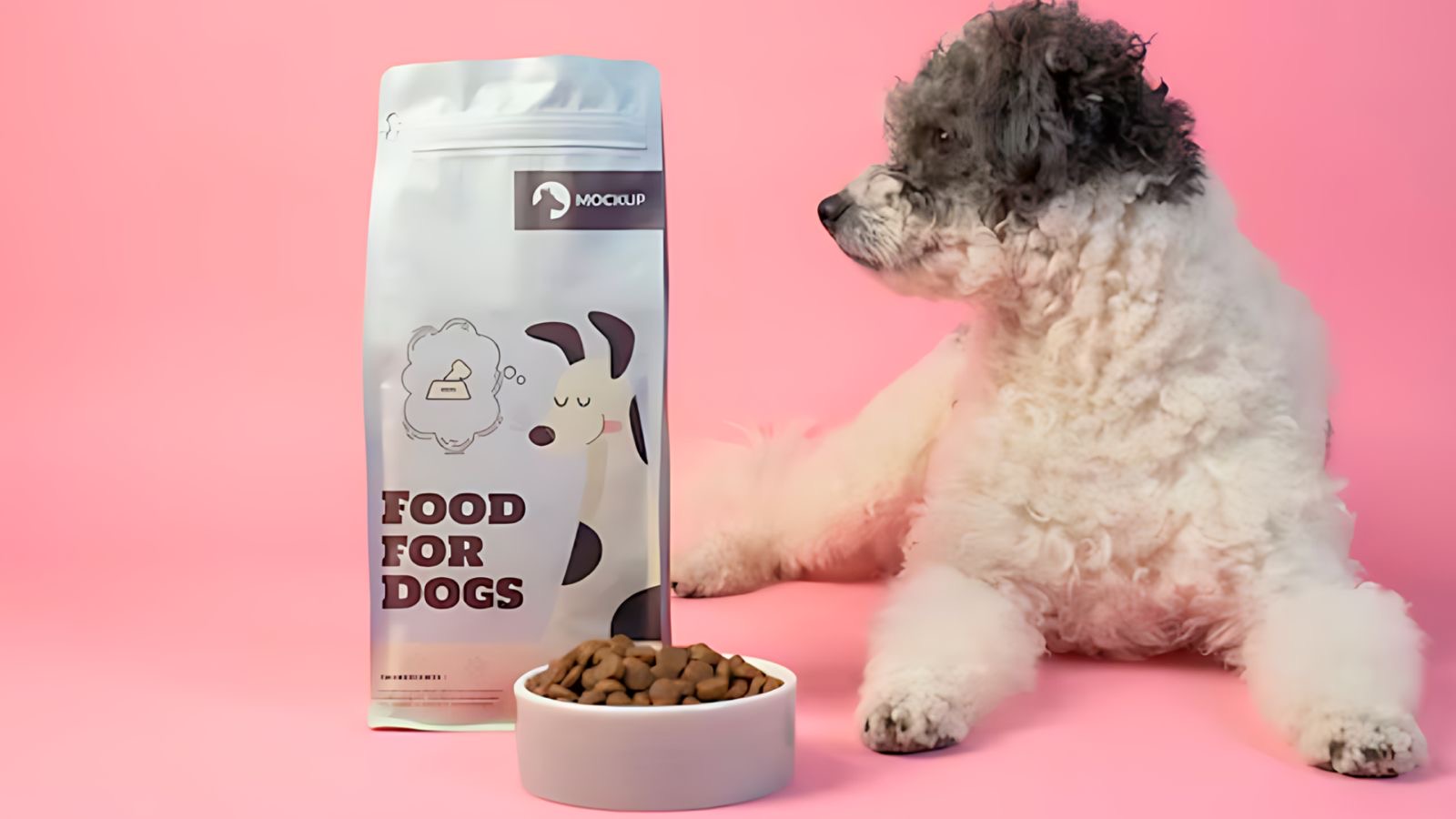
Dietary NeedsGeneral HealthCats General HealthDogs & Cats
Understanding Pet Food Labels
Jun 13 2024
•
8 mins 40 secs

Dietary NeedsGeneral HealthCats General HealthDogs & Cats
The Low Down on Hypoglycaemia in Pets
Jun 06 2024
•
8 mins 25 secs

Dietary NeedsGeneral HealthCats General HealthDogs & Cats
What is Pica, and Does Your Pet Have It?
May 23 2024
•
7 mins 15 secs

Dietary NeedsGeneral HealthCats General HealthDogs & Cats
How to Avoid Environmental Hazardous Exposure in Pets – Part 2
Apr 25 2024
•
16 mins
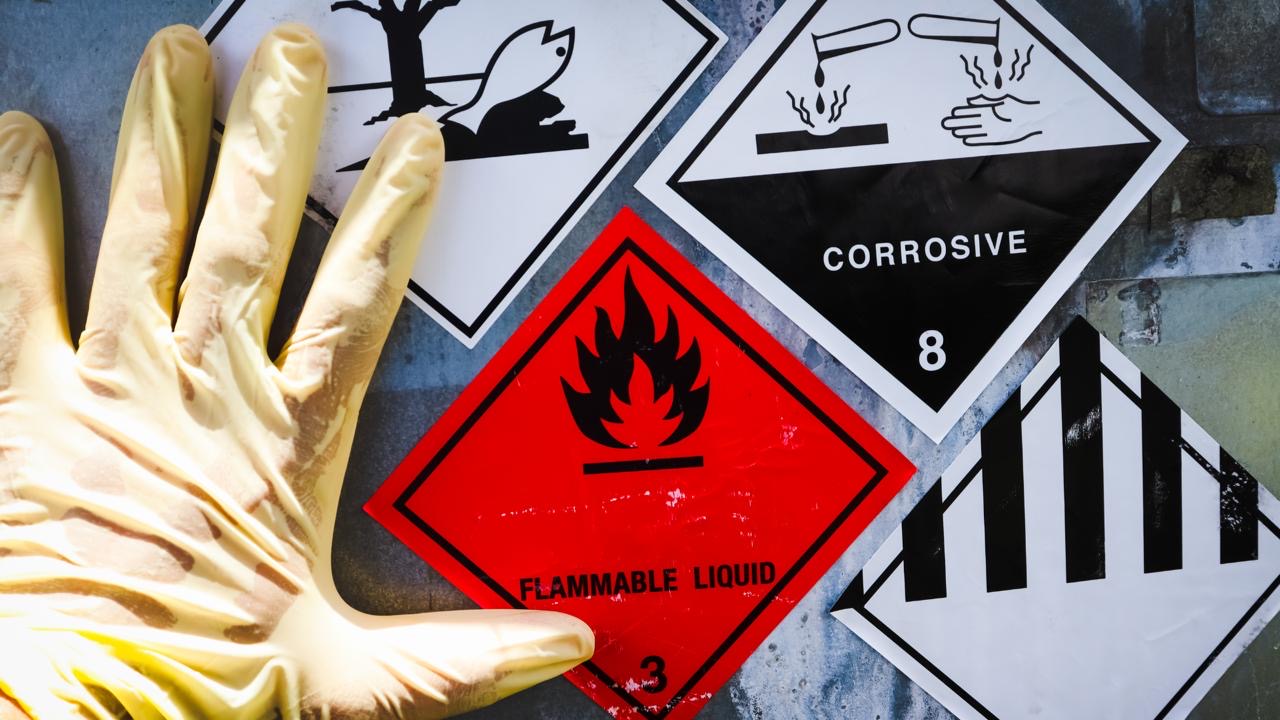
Dietary NeedsGeneral HealthCats General HealthDogs & Cats
How To Avoid Environmental Hazardous Exposure in Pets – Part 1
Apr 19 2024
•
9 mins 40 secs

Dietary NeedsGeneral HealthCats General HealthDogs & Cats
The Ultimate Guide on Parasites: Part 2 – Internal Parasites
Feb 17 2024
•
16 mins
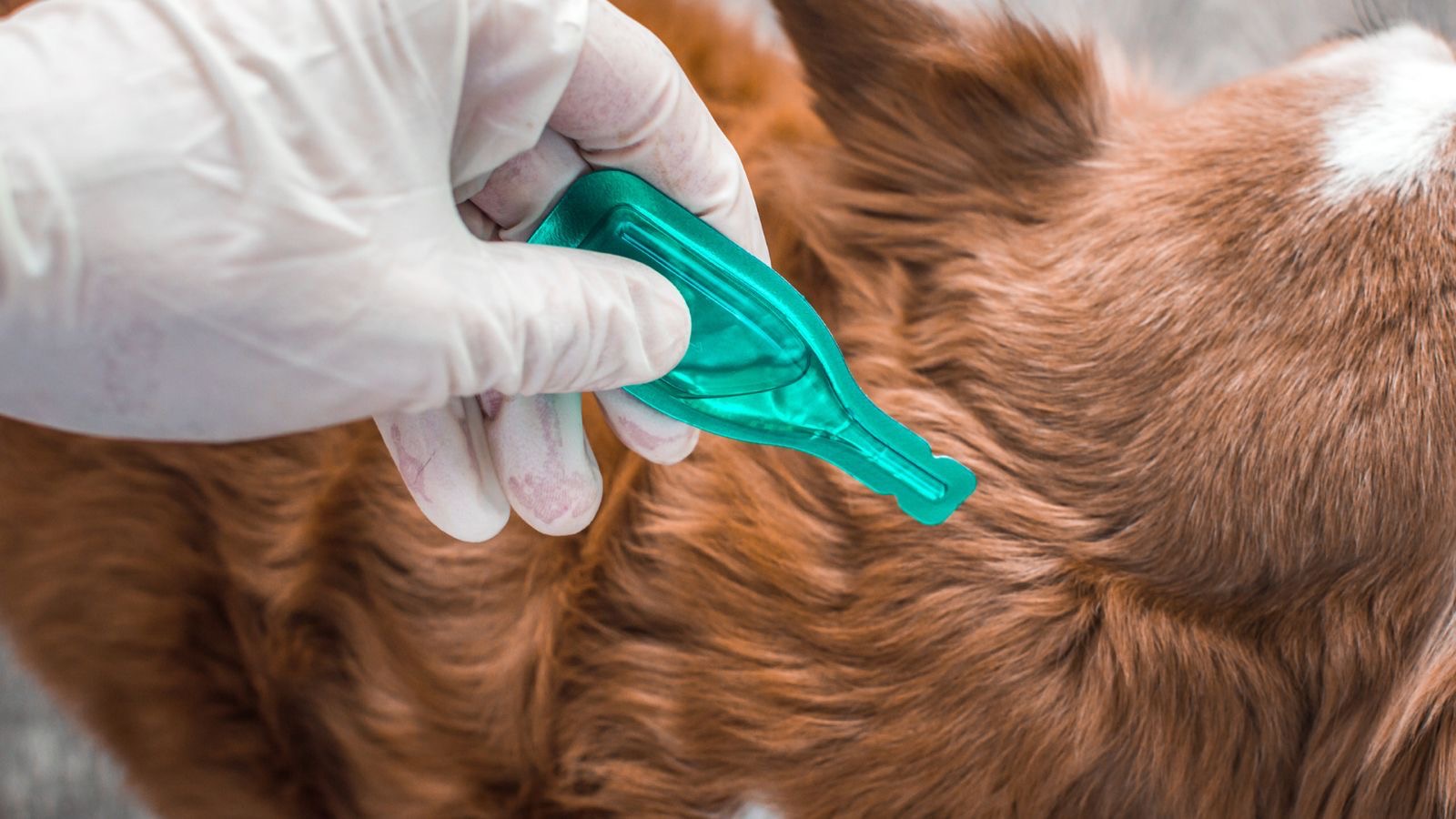
Dietary NeedsGeneral HealthCats General HealthDogs & Cats
The Ultimate Guide on Parasites – Part 1: External Parasites
Feb 16 2024
•
11 mins 40 secs
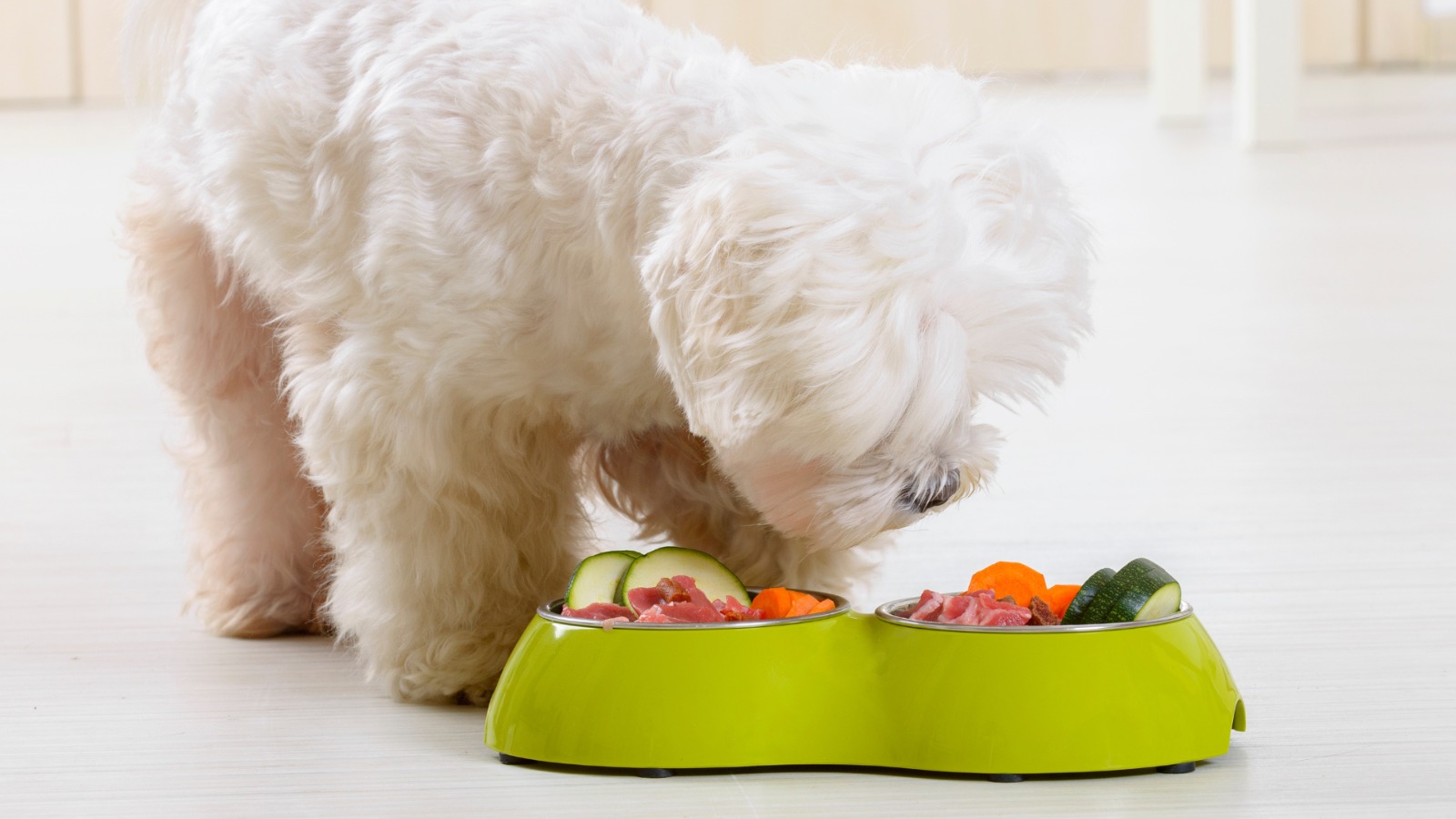
Dietary NeedsGeneral HealthCats General HealthDogs & Cats
Should I Feed Vegetables to my Pet?
Aug 10 2023
•
5 mins 30 secs

Dietary NeedsGeneral HealthCats General HealthDogs & Cats
Help! My Pet Keeps Sneezing!
Jun 30 2023
•
5 mins 45 secs
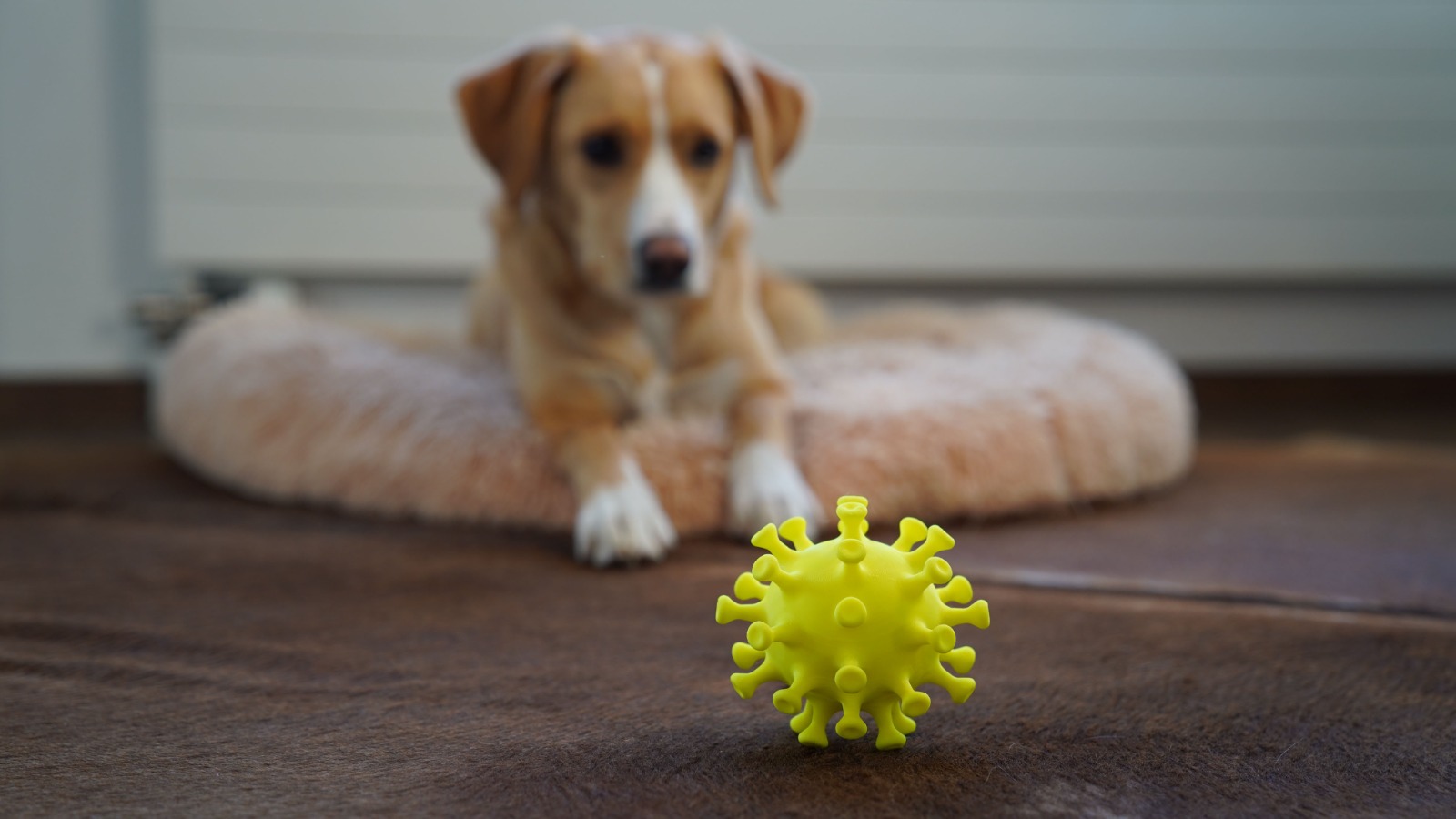
Dietary NeedsGeneral HealthCats General HealthDogs & Cats
5 Cornerstones of Immunity for your Pet
Jun 15 2023
•
6 mins
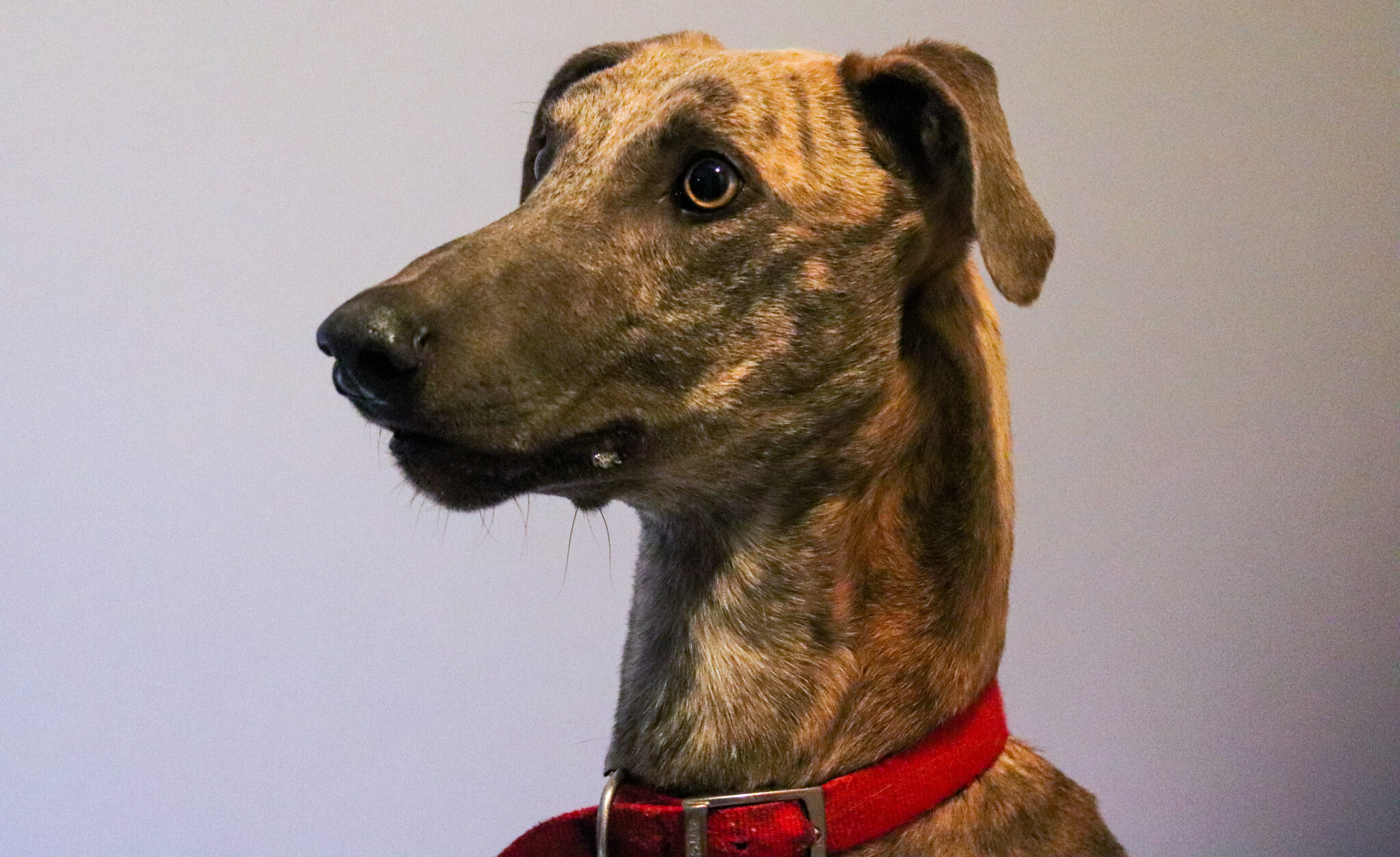
Dietary NeedsGeneral HealthCats General HealthDogs & Cats
The Importance of Vitamins and Minerals for Thyroid Health
May 05 2023
•
9 mins
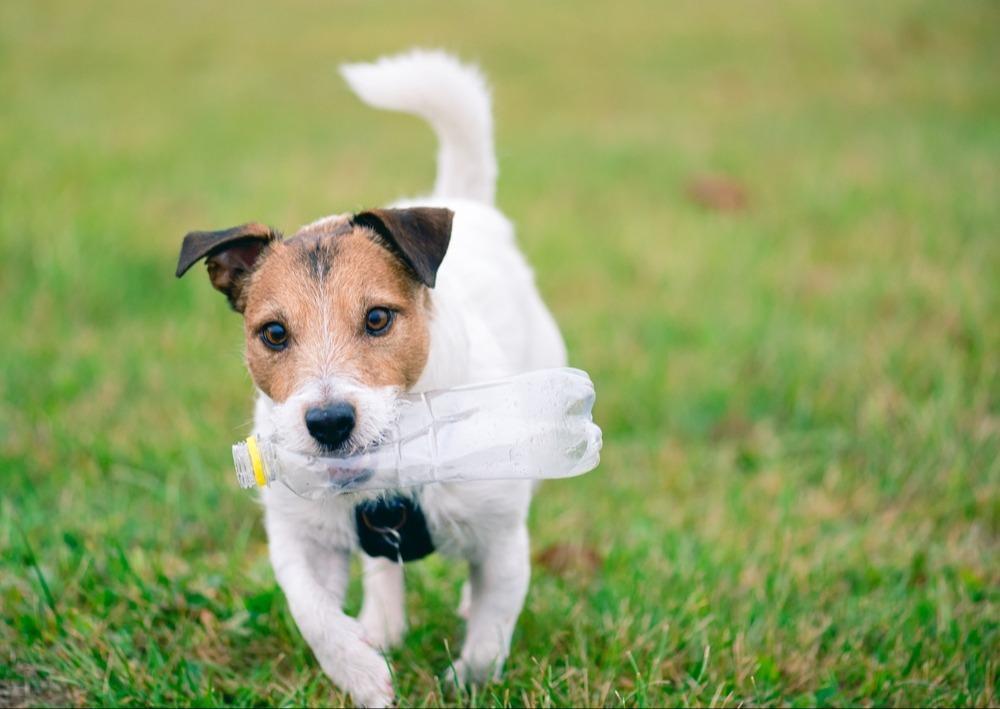
Dietary NeedsGeneral HealthCats General HealthDogs & Cats
How To Choose Safe and Sustainable Pet Products
Sep 26 2022
•
3 mins 30 secs

Dietary NeedsGeneral HealthCats General HealthDogs & Cats
5 Easy Cleaning Solutions For Pet Owners
Sep 26 2022
•
4 mins

Dietary NeedsGeneral HealthCats General HealthDogs & Cats
6 Things All Pet Owners Should Have In Their Cupboards
Sep 12 2022
•
5 mins 40 secs
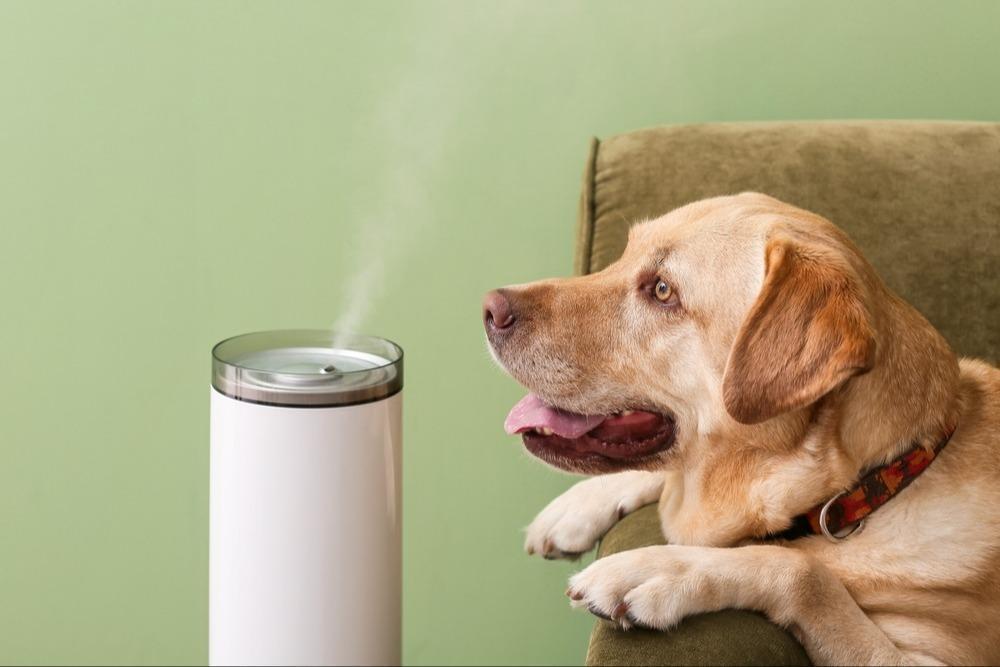
Dietary NeedsGeneral HealthCats General HealthDogs & Cats
How Polluted Are Our Pets?
Aug 30 2022
•
3 mins 30 secs

Dietary NeedsGeneral HealthCats General HealthDogs & Cats
How To Be A Better Pet Owner
Aug 15 2022
•
5 mins 30 mins
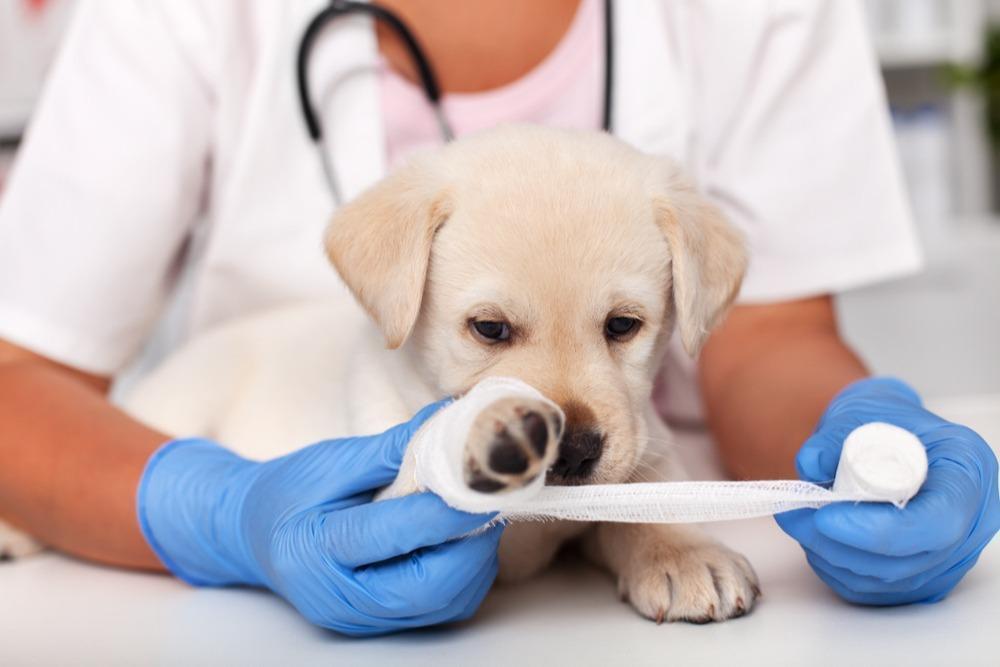
Dietary NeedsGeneral HealthCats General HealthDogs & Cats
Supporting Wound Healing in Dogs
Jul 04 2022
•
4 mins 58 secs
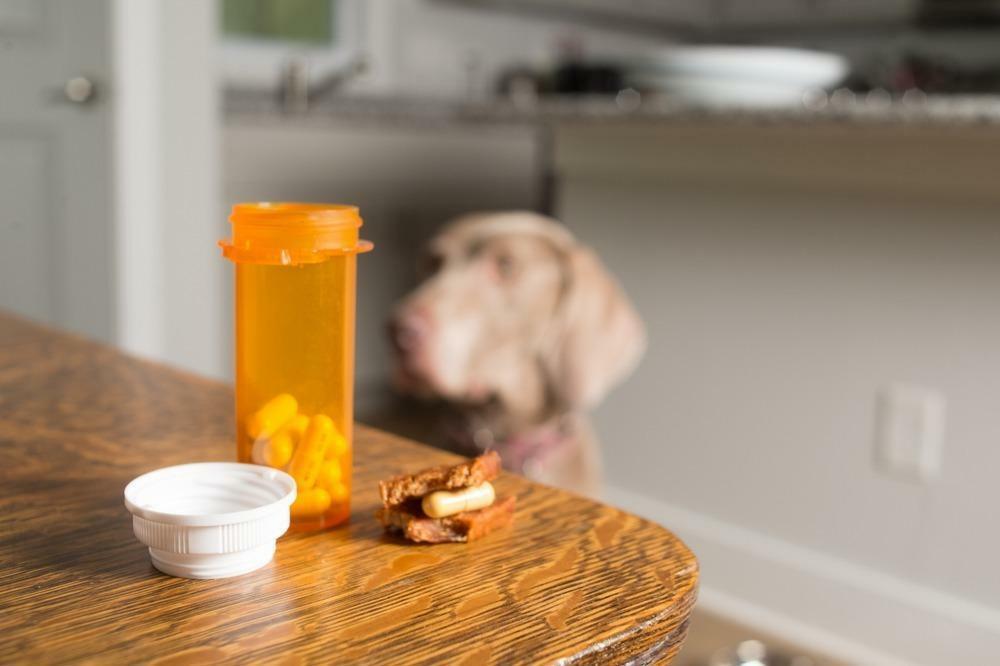
Dietary NeedsGeneral HealthCats General HealthDogs & Cats
How Do Pain Medications Work In Pets?
Jun 08 2022
•
5 mins 54 secs

Dietary NeedsGeneral HealthCats General HealthDogs & Cats
Do We Need to Boost Our Pet’s Immune System?
Feb 15 2022
•
4 mins 42 secs

Dietary NeedsGeneral HealthCats General HealthDogs & Cats
The Importance of Iron in Pet Health
Nov 23 2021
•
5 mins 10 secs
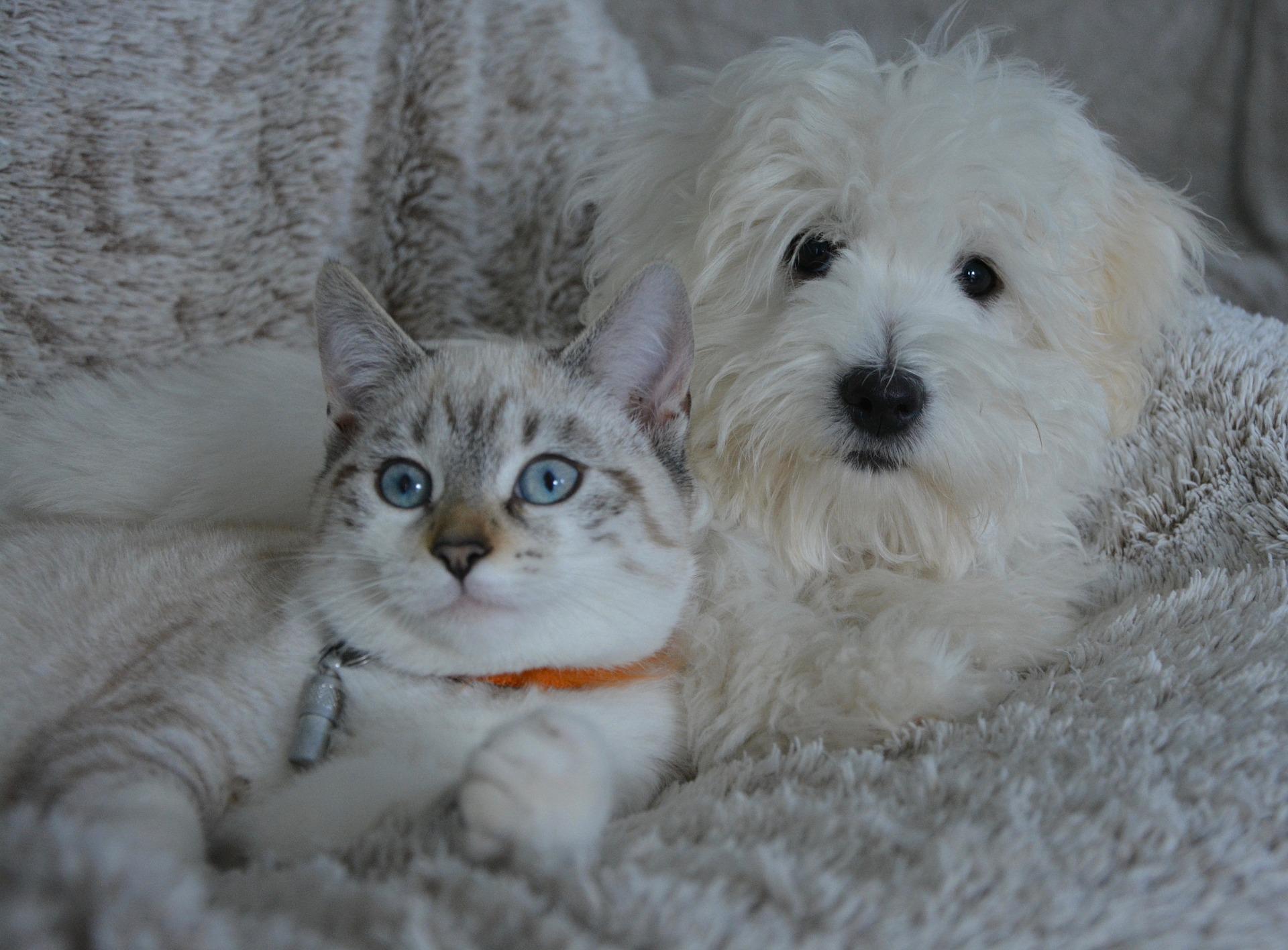
Dietary NeedsGeneral HealthCats General HealthDogs & Cats
Should I Feed My Pet a Vegan Diet?
Nov 09 2021
•
5 mins 6 secs

Dietary NeedsGeneral HealthCats General HealthDogs & Cats
Prebiotics Vs. Probiotics
Nov 01 2021
•
4 mins 17 secs

Dietary NeedsGeneral HealthCats General HealthDogs & Cats
Are We Really That Good At Doing It Ourselves?
Sep 09 2021
•
10 min read

Dietary NeedsGeneral HealthCats General HealthDogs & Cats
The Importance of Water
Jun 14 2021
•
8 min read

Dietary NeedsGeneral HealthCats General HealthDogs & Cats
Parasites and What You Really Need to Know
May 17 2021
•
9 min read

Dietary NeedsGeneral HealthCats General HealthDogs & Cats
How Nutrition Affects Your Pet’s Genes
Apr 19 2021
•
15 min read

Dietary NeedsGeneral HealthCats General HealthDogs & Cats
Your Pet’s Immune System
Mar 15 2021
•
4 min read
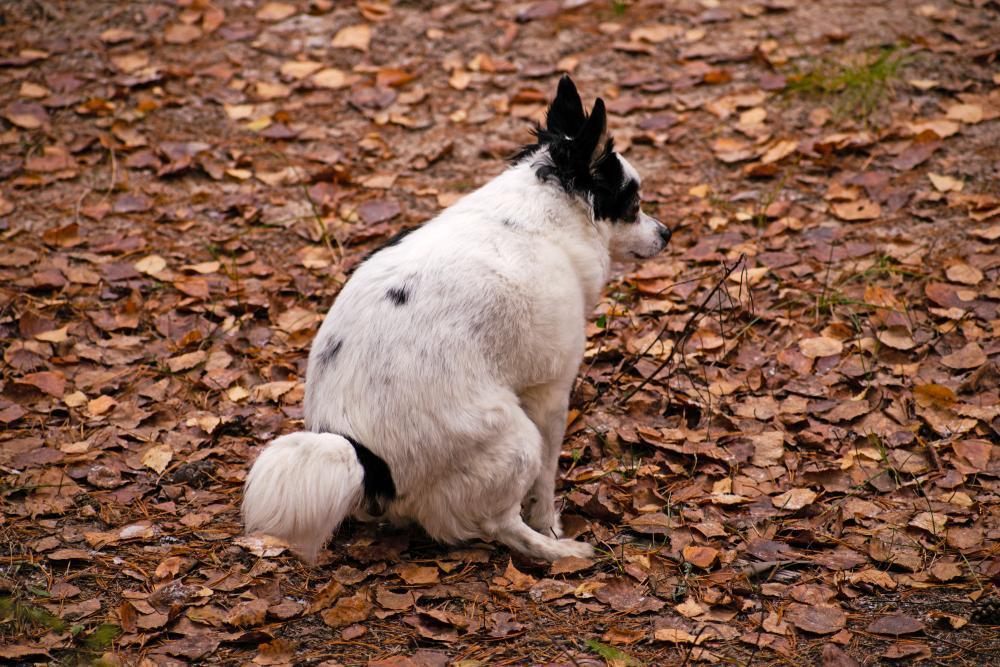
Dietary NeedsGeneral HealthCats General HealthDogs & Cats
Constipation in Cats and Dogs!
Feb 22 2021
•
8 min read
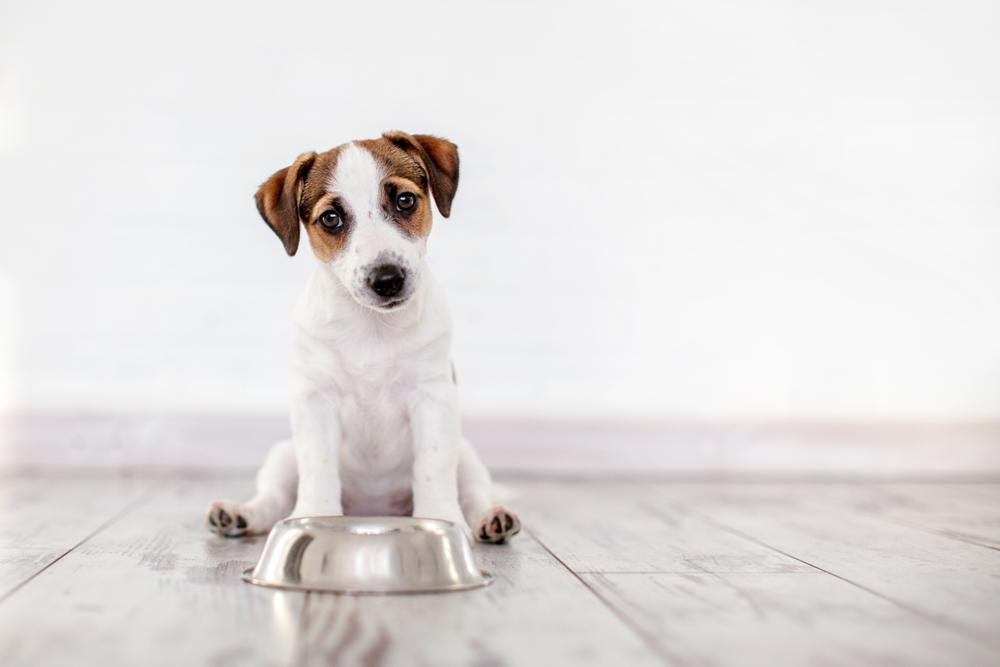
Dietary NeedsGeneral HealthCats General HealthDogs & Cats
What is the best kind of pet food?
Jan 14 2021
•
11 min read

Dietary NeedsGeneral HealthCats General HealthDogs & Cats
Is Your Toxic Home Affecting Your Pet
Dec 28 2020
•
8 min read
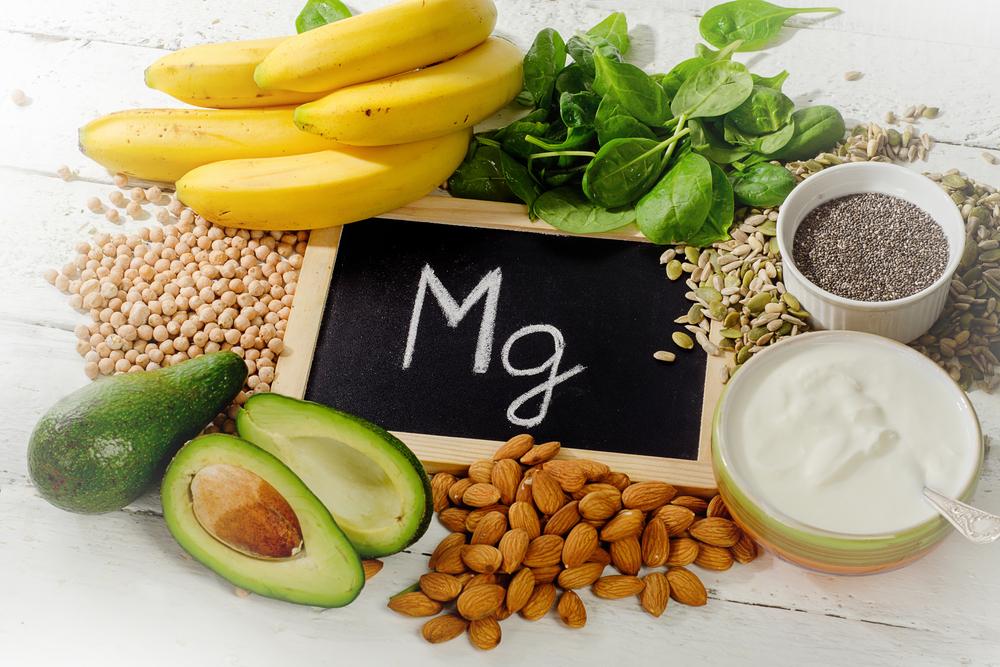
Dietary NeedsGeneral HealthCats General HealthDogs & Cats
Why is Magnesium So Important to Your Pet
Oct 02 2020
•
10 min read
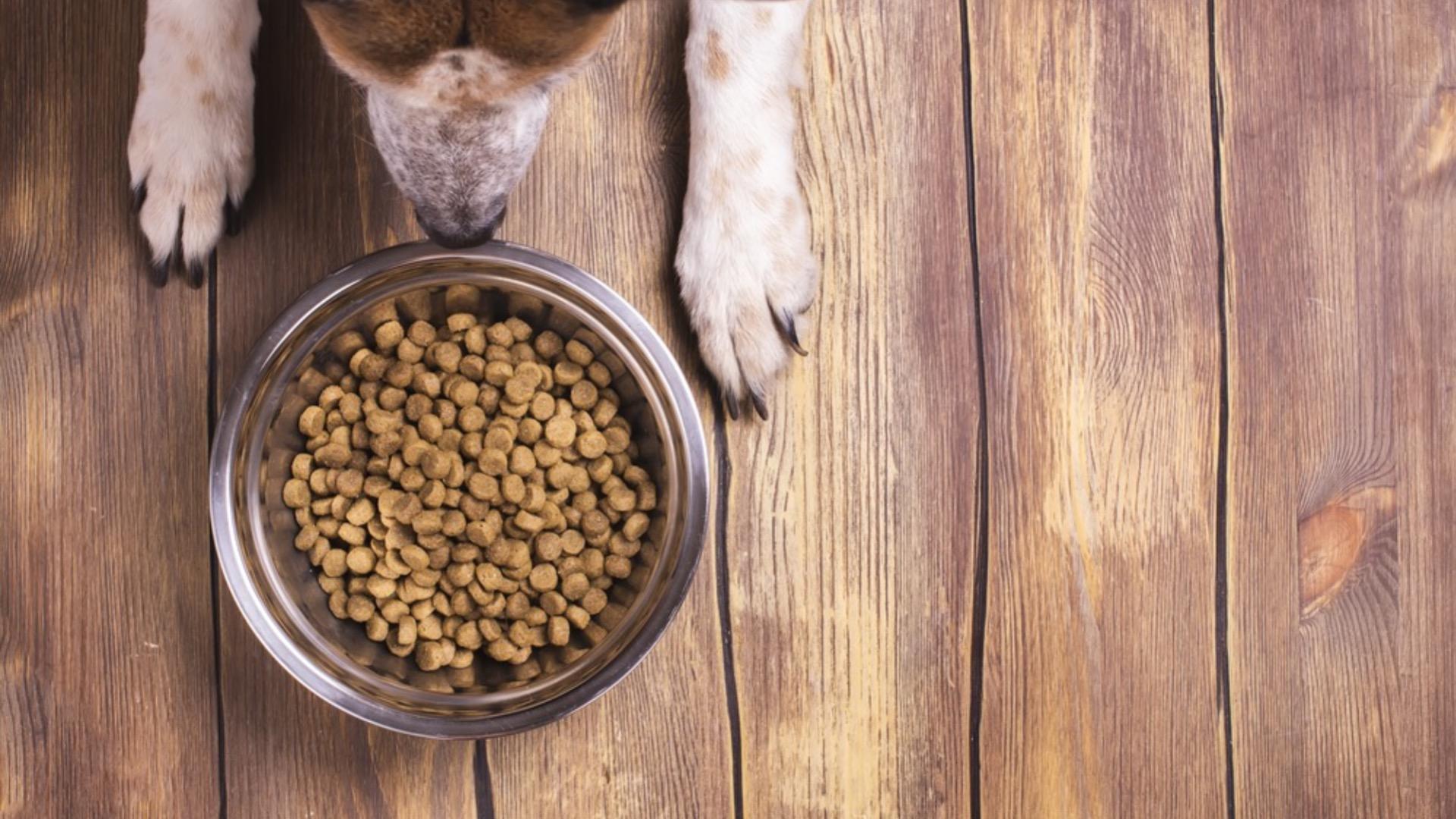
Dietary NeedsGeneral HealthCats General HealthDogs & Cats
Why Dry Food is Not Good for your Pets
May 19 2020
•
5 min read

Dietary NeedsGeneral HealthCats General HealthDogs & Cats
Natural Flea and Worming Treatments
May 05 2020
•
7 min read
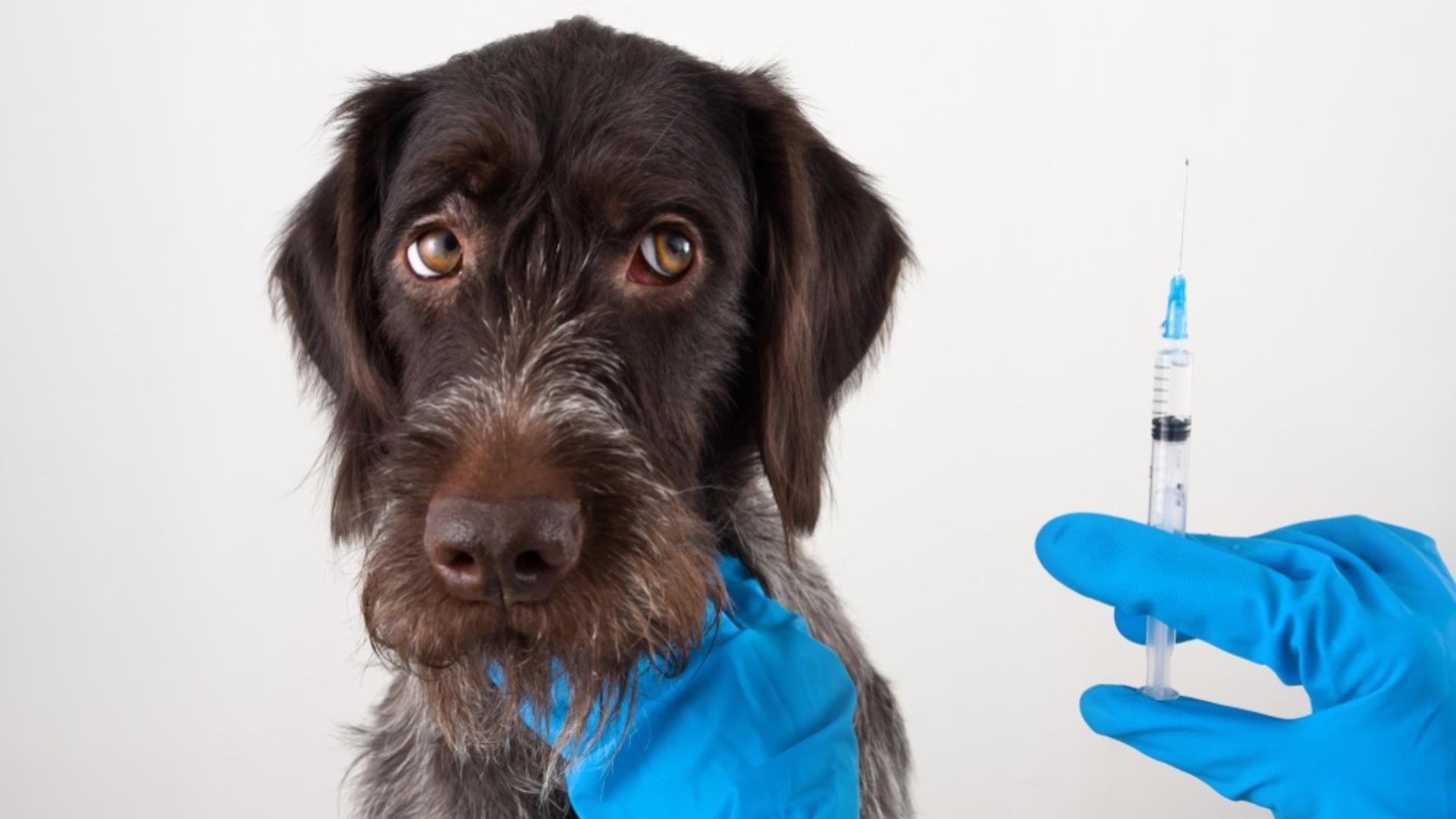
Dietary NeedsGeneral HealthCats General HealthDogs & Cats
Everything you Need to Know About Vaccinations
Apr 22 2020
•
7 min read

Dietary NeedsGeneral HealthCats General HealthDogs & Cats
Itchy cats and dogs naturally!
Jan 23 2020
•
7 min read
✕






